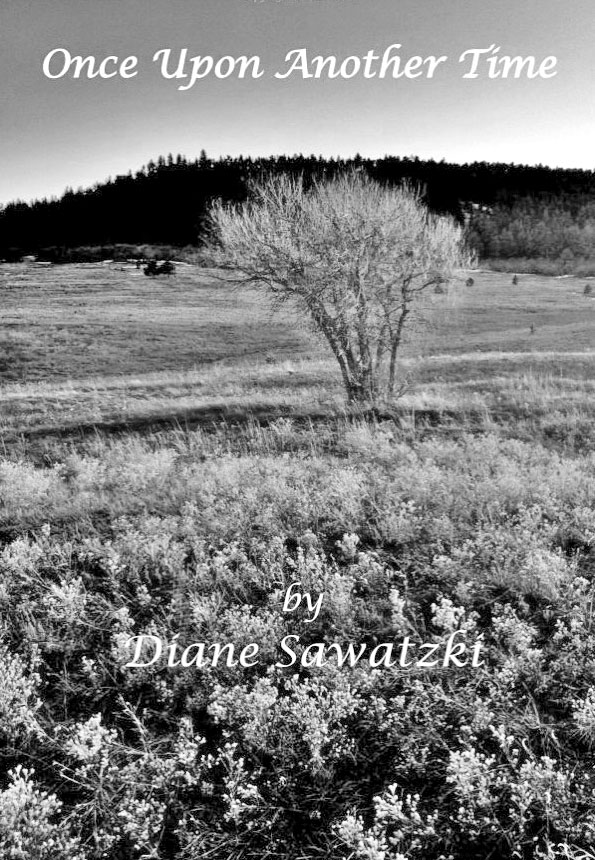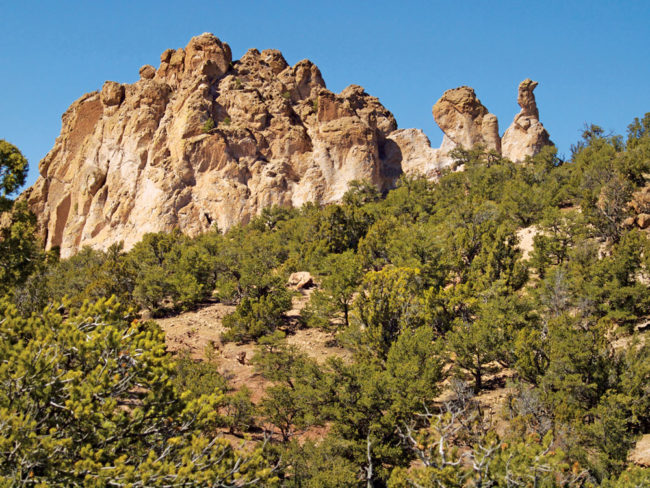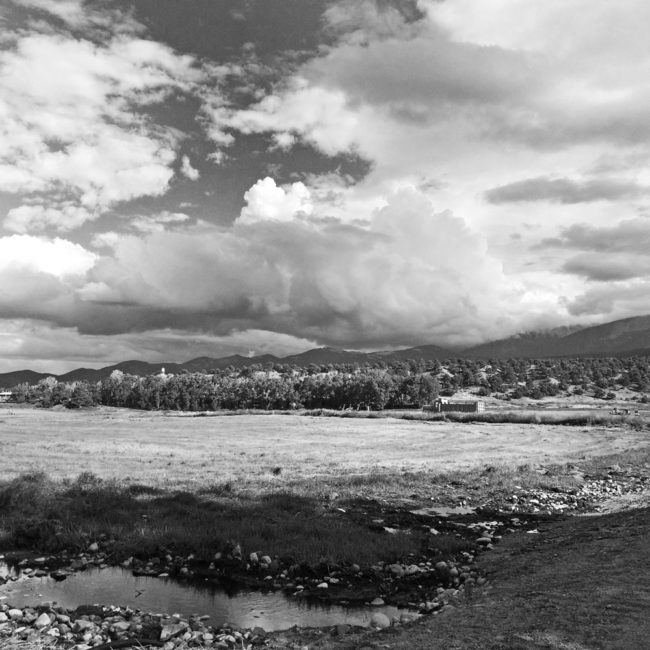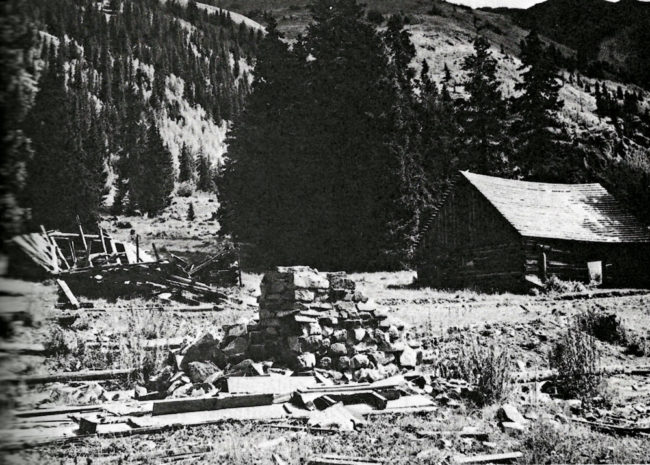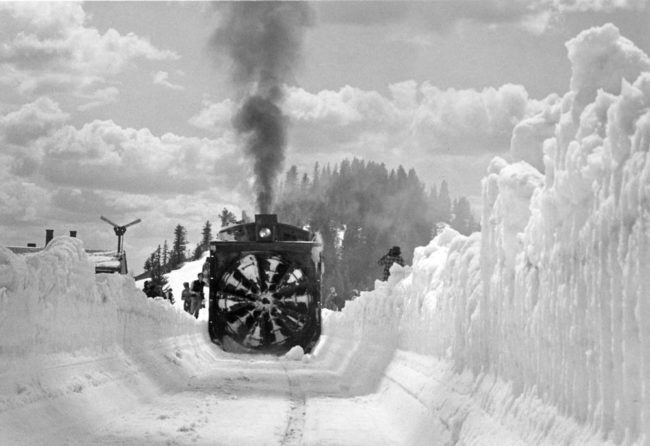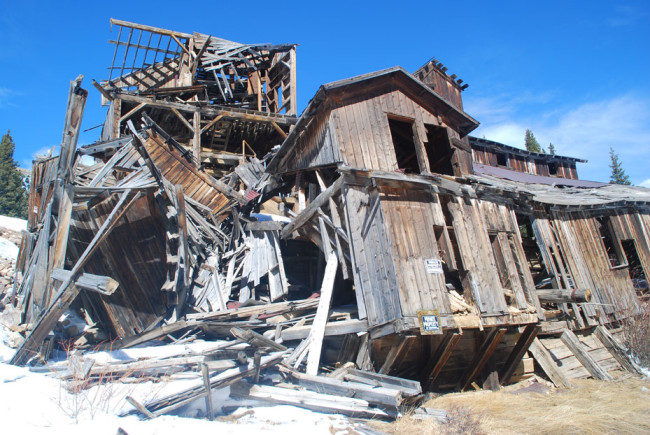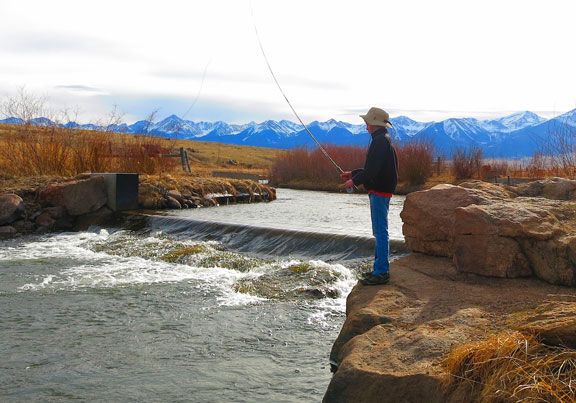By George Sibley
“Creative destruction” is a term we’re most familiar with in the context of capitalist economics: the restless flow and ebb of capital in its often mindless, generally heartless, search for The Next Big Thing – steam abandoned for internal combustion, coal yielding to natural gas yielding to solar, typewriters losing to computers, with individual lives and communities at least temporarily devastated if not destroyed as whole industries disappear here and new ones pop up a thousand miles away. Creative destruction.

